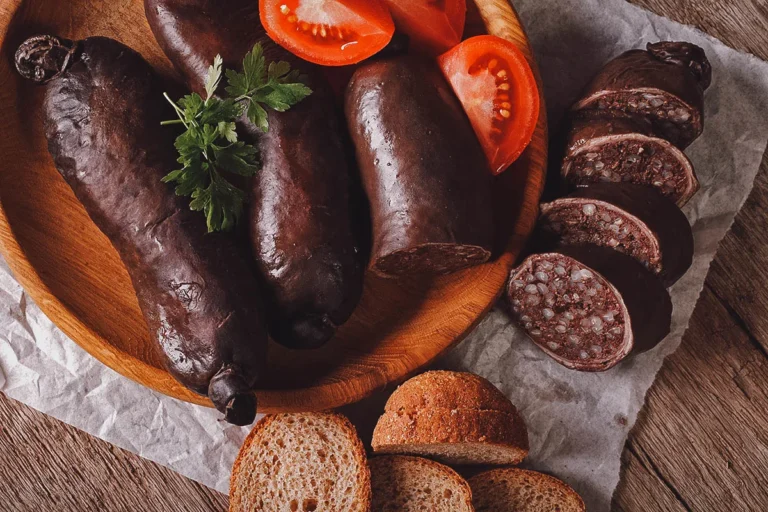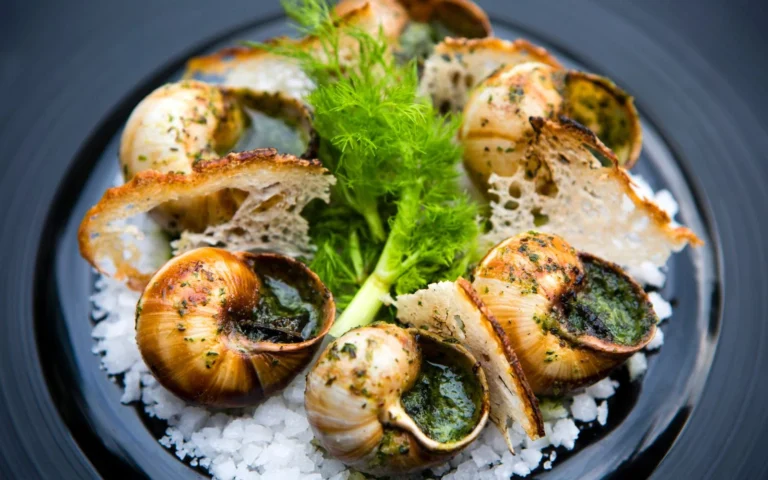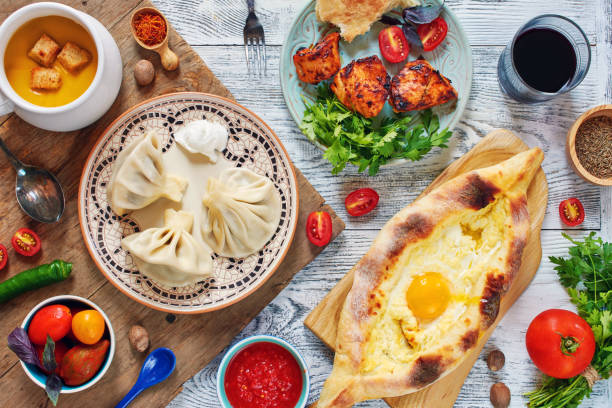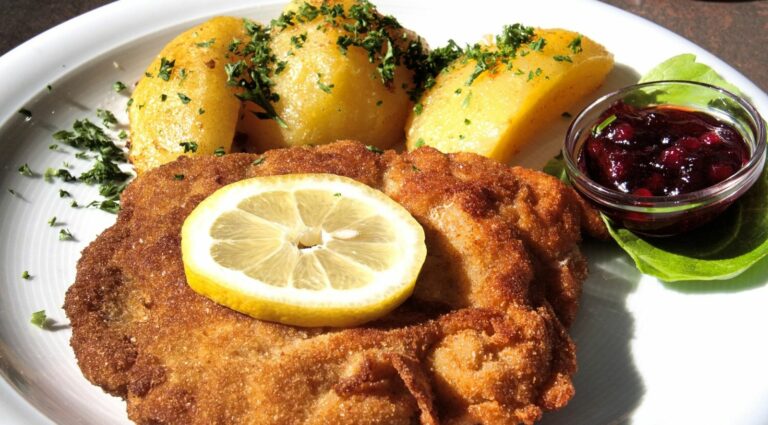Introduction: The Cultural Melting Pot of Estonian Cuisine
Estonian cuisine is a unique fusion of different cultural influences, shaped by the country’s complex history. Its location at the crossroads of Scandinavia, Germany, and Russia has made it a melting pot of various culinary traditions, resulting in a diverse and flavorful cuisine. Over the centuries, these culinary influences have blended with local ingredients, creating a distinct Estonian cuisine that reflects the country’s heritage and geography.
Scandinavian Influence: From Smørrebrød to Sill
Scandinavian cuisine has had a significant impact on Estonian cuisine, particularly in the north of the country. Smørrebrød, the Danish open-faced sandwich, is a popular dish in Estonia, often served with pickled herring or other smoked fish. The Swedish tradition of eating pickled herring, known as sill, has also become an integral part of Estonian cuisine, often served with boiled potatoes and sour cream. Baltic herring is a popular ingredient in Estonian cuisine, commonly served fried or smoked.
German Influence: The Meat-and-Potatoes Connection
German cuisine has also had a significant influence on Estonian cuisine, especially when it comes to meat dishes. Pork is the most commonly used meat in Estonian cuisine, and it is usually served with potatoes, another German-inspired ingredient. Sausages and sauerkraut, German staples, have also made their way into Estonian cuisine. German bread, such as black bread, is also a popular staple in Estonian households.
Russian Influence: The Impact of Borscht and Blini
Estonia was part of the Russian Empire for over 200 years, and this has had a significant impact on its cuisine. Russian dishes such as borscht, a beetroot soup, and blini, thin pancakes, are now popular in Estonian cuisine. Borscht is often made with meat or chicken broth, and sour cream is added to give it a creamy texture. Blini are typically served with various fillings, such as smoked salmon, cream cheese, or caviar. Kefir, a fermented milk drink, is also a popular beverage in Estonia, introduced by the Russians.
Estonian Cuisine: A Fusion of Cultures
Estonian cuisine is a fusion of different cultural influences, with traces of Scandinavian, German, and Russian cuisines. Traditional Estonian cuisine is simple and hearty, with a focus on local ingredients such as fish, pork, potatoes, and forest berries. Modern Estonian cuisine, however, is influenced by global trends, with chefs experimenting with new flavors and techniques.
Traditional Dishes: Examples of Scandinavian, German, and Russian Influences
Traditional Estonian dishes such as verivorst (blood sausage), mulgipuder (potato mash with barley), and sült (jellied pork) all have roots in German cuisine. Scandinavian influences can be seen in dishes like kiluvõileib (herring sandwich), while Russian-inspired dishes include pelmeni (dumplings) and kama (milk cereal). Many of these traditional dishes have been adapted and modified over time, resulting in a unique Estonian flavor.
Modern Estonian Cuisine: Innovation and Creativity
Modern Estonian cuisine is characterized by innovation and creativity, with chefs experimenting with new flavors and techniques. The country’s rich natural resources, such as wild mushrooms, berries, and game meat, are often incorporated into modern dishes. Estonian chefs are known for their focus on local and seasonal ingredients, which has contributed to the country’s vibrant food scene.
Conclusion: A Delicious Blend of Heritage and Innovation
Estonian cuisine is a delicious blend of heritage and innovation, with influences from Scandinavia, Germany, and Russia. Traditional dishes reflect the country’s history and geography, while modern Estonian cuisine is characterized by experimentation and creativity. Whether you’re in Tallinn or a small village in the countryside, you’re sure to find something delicious and unique to try in Estonia.










